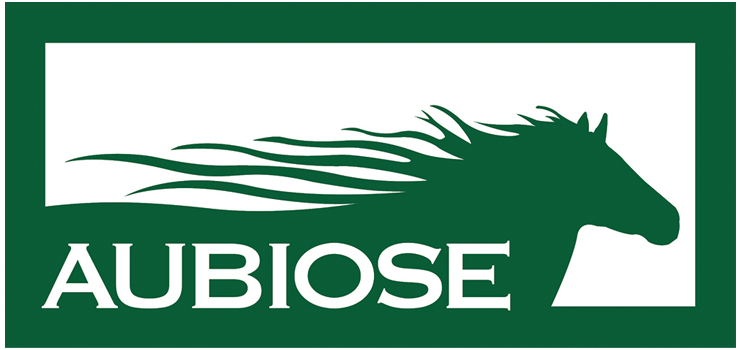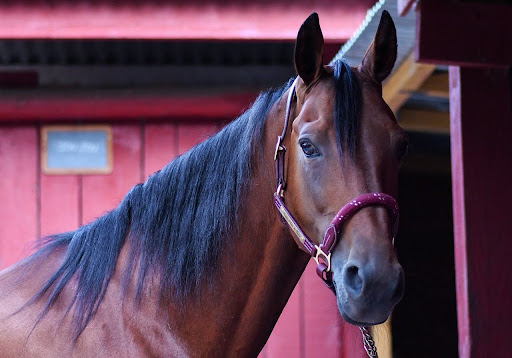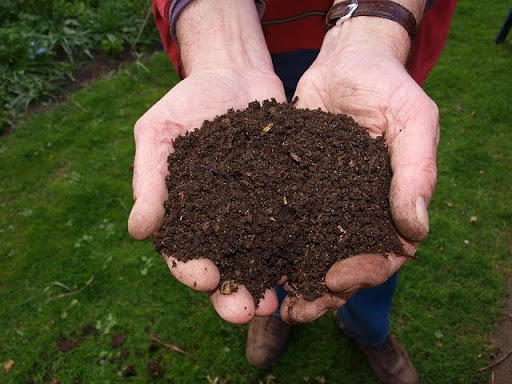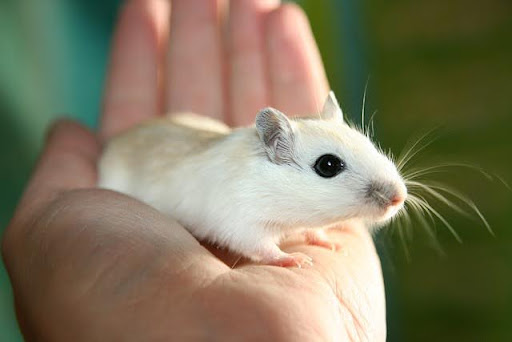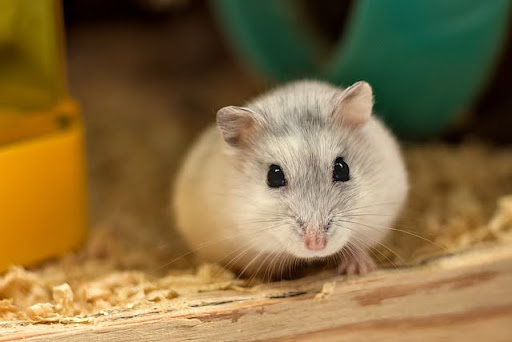Choosing the right bedding for horses is crucial for their well-being and overall health. Two popular options are hemp bedding and traditional bedding, each with its own set of advantages and disadvantages. In this article, we will examine these two types of bedding in detail to help you make the best decision for your equine companions.
Advantages of Hemp Bedding
- Superior Absorption: Hemp is known for its excellent absorption capacity. It can absorb up to four times its weight in liquid, making it an ideal choice for maintaining the cleanliness of your horse’s stall.
- Odor Reduction: Due to its high absorbency, hemp bedding helps reduce bad odors in the stable, particularly the smell of ammonia, creating a more pleasant environment for both horses and humans.
- Eco-Friendly: Hemp is a renewable and environmentally friendly resource. It decomposes quickly and can be recycled as compost after use.
- Low Dust: Compared to some traditional beddings, hemp bedding contains less dust, which is beneficial for the respiratory health of horses, especially those prone to lung issues. The hemp hurd, the inner part of the hemp stalk, is mechanically extracted and dusted three times for Aubiose bedding.
Is Hemp Bedding More Expensive? A Common Misconception…
When calculating the overall cost over six months, it turns out to be lower than wood shavings, for example.
The purchase of a single bale of Aubiose is indeed more expensive than straw or shavings.
However, week after week, the consumption is lower! Hemp bedding also helps reduce manure management costs since it generates less waste.
Advantages and Disadvantages of Traditional Bedding
Straw, wood shavings, recycled newspaper… There are many types of bedding for your horses. The most well-known remains straw bedding, which has advantages but also some disadvantages that hemp bedding skillfully overcomes, being less dusty and more absorbent.
Advantages
- Wide Availability: Traditional beddings, such as straw and sawdust, are often readily available in many regions, making them a convenient choice for many horse owners. For most animals, stagnant moisture is responsible for the appearance of cracks, especially in chickens, and the development of diseases. In horses, damp bedding worsens hoof issues in sensitive subjects. Hoof rot is also a recurring problem in horses. As mentioned earlier, bedding with low absorbency requires more frequent changes to ensure cleanliness and animal comfort.
- Not Suitable for Horses with Respiratory Issues: Some types of traditional beddings, like sawdust, produce a lot of dust. This dust is inhaled daily by your animals, potentially leading to respiratory disorders and asthma over time. Equine asthma is a serious condition, recognizable by wheezing and coughing fits that tire the animal and reduce its performance.
- Heavier Environmental Impact: The production of some beddings, like straw, has a greater environmental impact than hemp beddings due to the intensive water use required for crop growth.
Disadvantages
- Lower Absorption Capacity: Compared to hemp, traditional beddings have a lower absorption capacity, except perhaps for flax bedding, which is widely used in racing.
- Affordable Cost: Generally, traditional beddings seem more affordable, which can be a determining factor for tighter budgets. However, other factors, such as the time and effort spent renewing bedding that gets dirty quickly, should be considered. Ultimately, a cheap bedding can turn out to be a poor calculation and a regrettable purchase.
Conclusion
The choice between hemp bedding and traditional bedding will depend on your criteria. Always consider the specific needs of each horse before making a decision.
